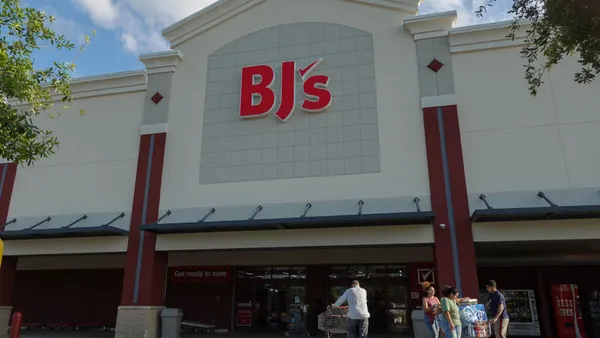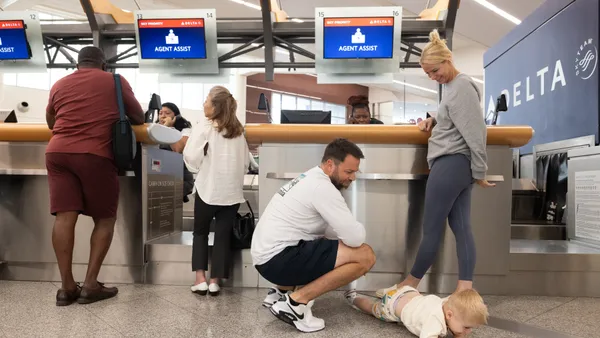Consumers remain uneasy and cautious about the state of the economy and their personal finances, putting brand loyalty at risk ahead of the holidays.
The University of Michigan’s preliminary measure of consumer sentiment, released Friday, dropped .1 percentage points from last month to 55%. While that depressed state is steady with last month, it’s a 22% drop from last October.
Customer experience leaders should pay attention to such measures for a read on the big picture, according to Kate Muhl, a VP analyst specializing in cultural and consumer insights at Gartner. As consumers continue to feel the economic uncertainty caused by changing tariff policies and rising prices, some are shifting their behavior in turn.
“Pocketbook issues like high prices and weakening job prospects remain at the forefront of consumers’ minds,” Surveys of Consumers Director at the University of Michigan Joanne Hsu said in a prepared statement. “At this time, consumers do not expect meaningful improvement in these factors.”
A majority of U.S. consumers — 60% — feel either cautious, pessimistic or panicked about the economy, and just over half of respondents say consumers shoulder the largest share of costs from tariffs, according to an October Wunderkind report. Wunderkind surveyed more than 320 U.S. consumers from Sept. 30 to Oct. 1.
“What’s remarkable to me is how stable the attitudes have been. It’s been negative toward the policy, negative towards the economy,” Muhl said.
Nearly half of consumers are seeking deals more often, nearly 2 in 5 are cutting back on non-essential purchases, and about one-third are shopping less overall, according to Wunderkind. Another 17% are switching retailers — a tactic used mostly by younger generations.
Those findings are echoed by a recent SAP Emarsys survey, which found that more than one-quarter of U.S. consumers said they can “no longer afford to be loyal” due to tariff-caused price hikes.
While some brands are offering deals and cutting prices to keep customers, the race to the bottom isn’t sustainable. Brands can encourage loyalty through focusing on value and creating a permission structure for customers to make a purchase, Muhl said.
“Show why it’s not a risk to make the purchase — that you will not have a regret after the fact, it will not make you less secure if you make that purchase,” Muhl said.
She also encourages brands to use their loyalty programs to differentiate. While consumers want quantifiable benefits — points, cash back, access to products — “there is opportunity to include more experiential benefits to appeal to the desire for a unique experience,” she said.
On the post-purchase side, loyalty programs can offer access to special customer service, expedited returns, or special content about the product they just bought and how to get better use from it.















